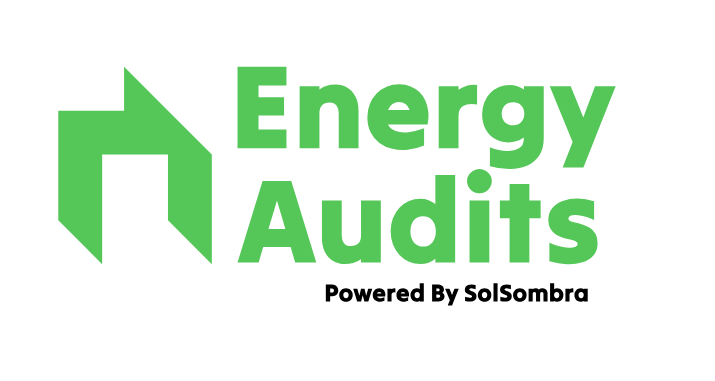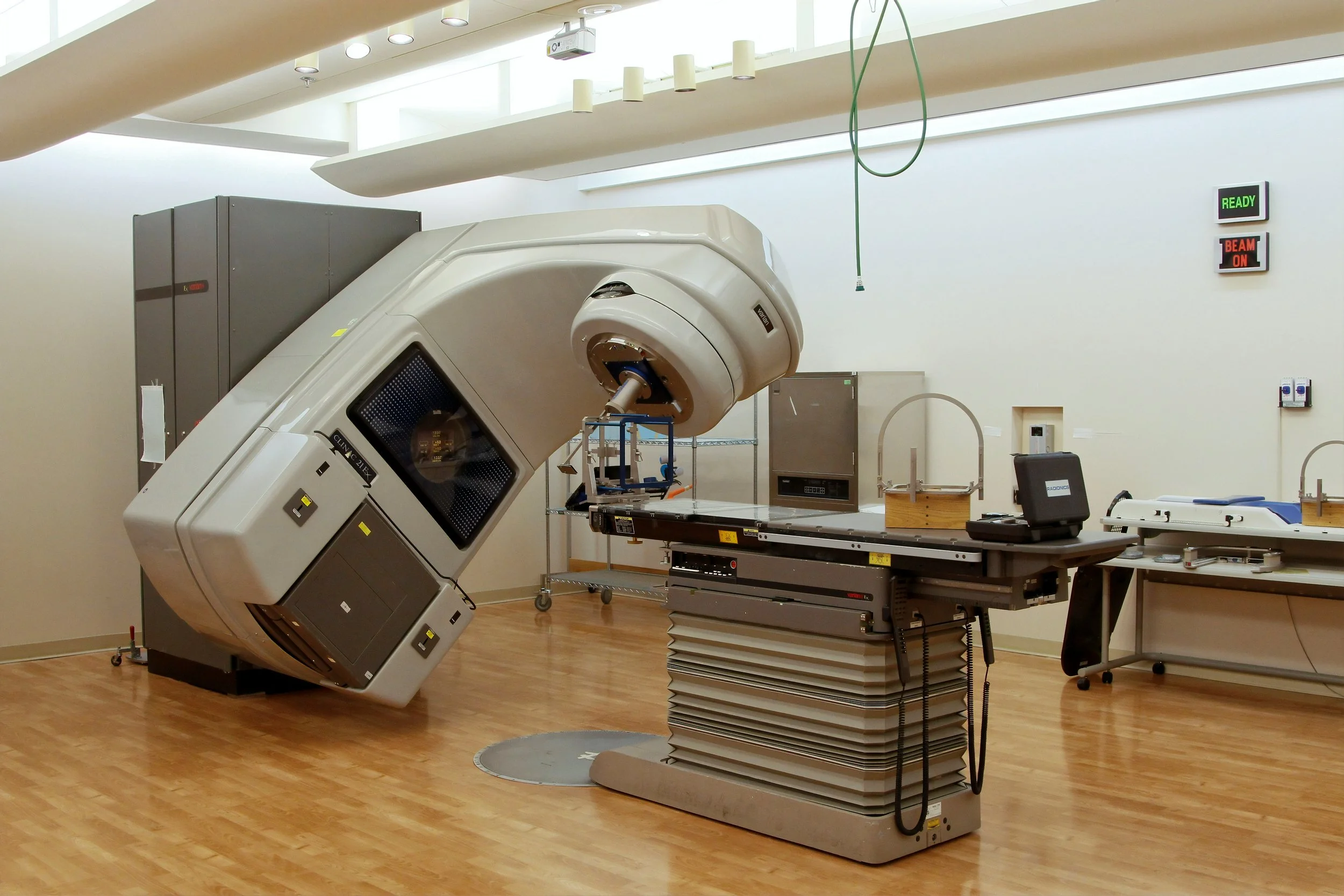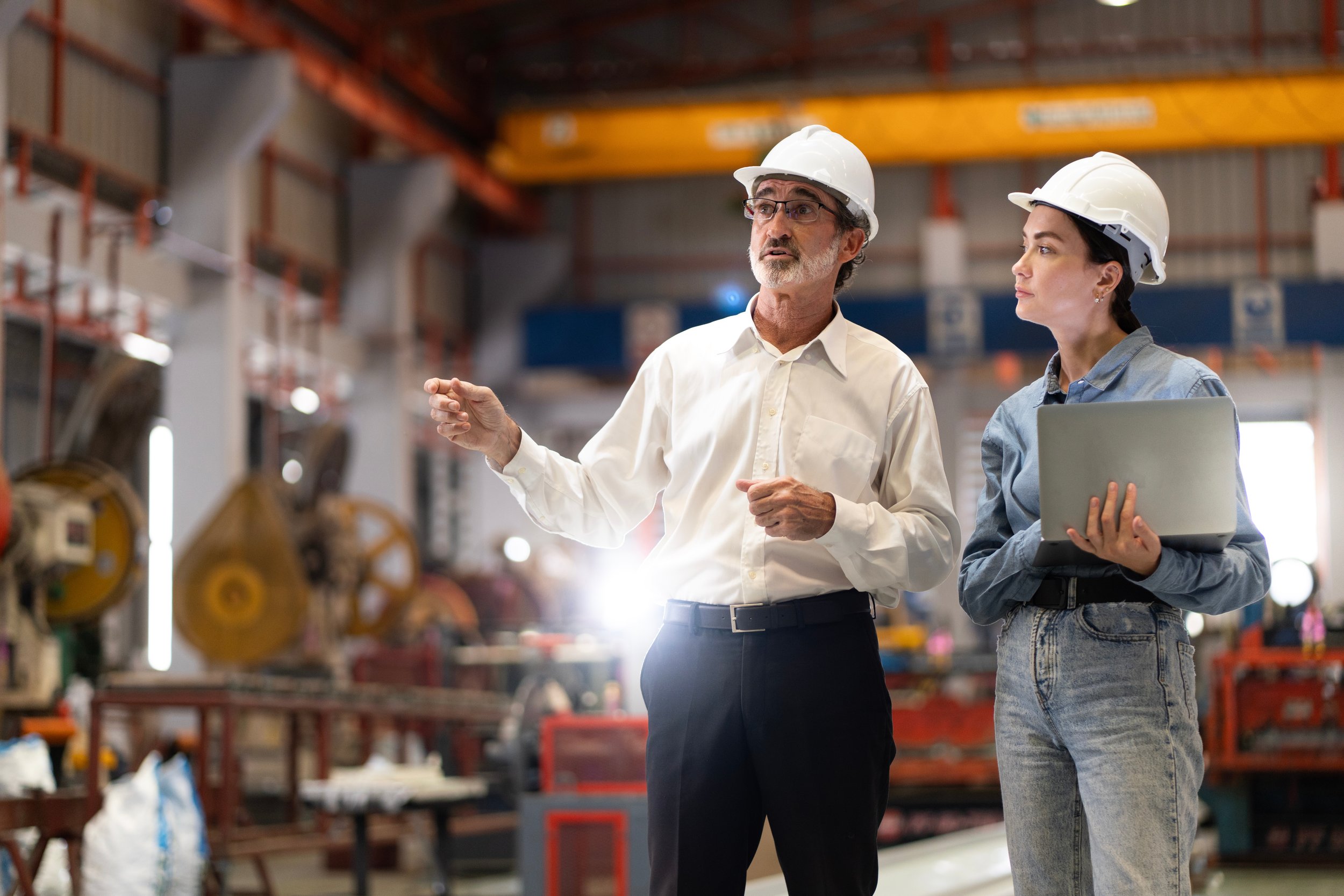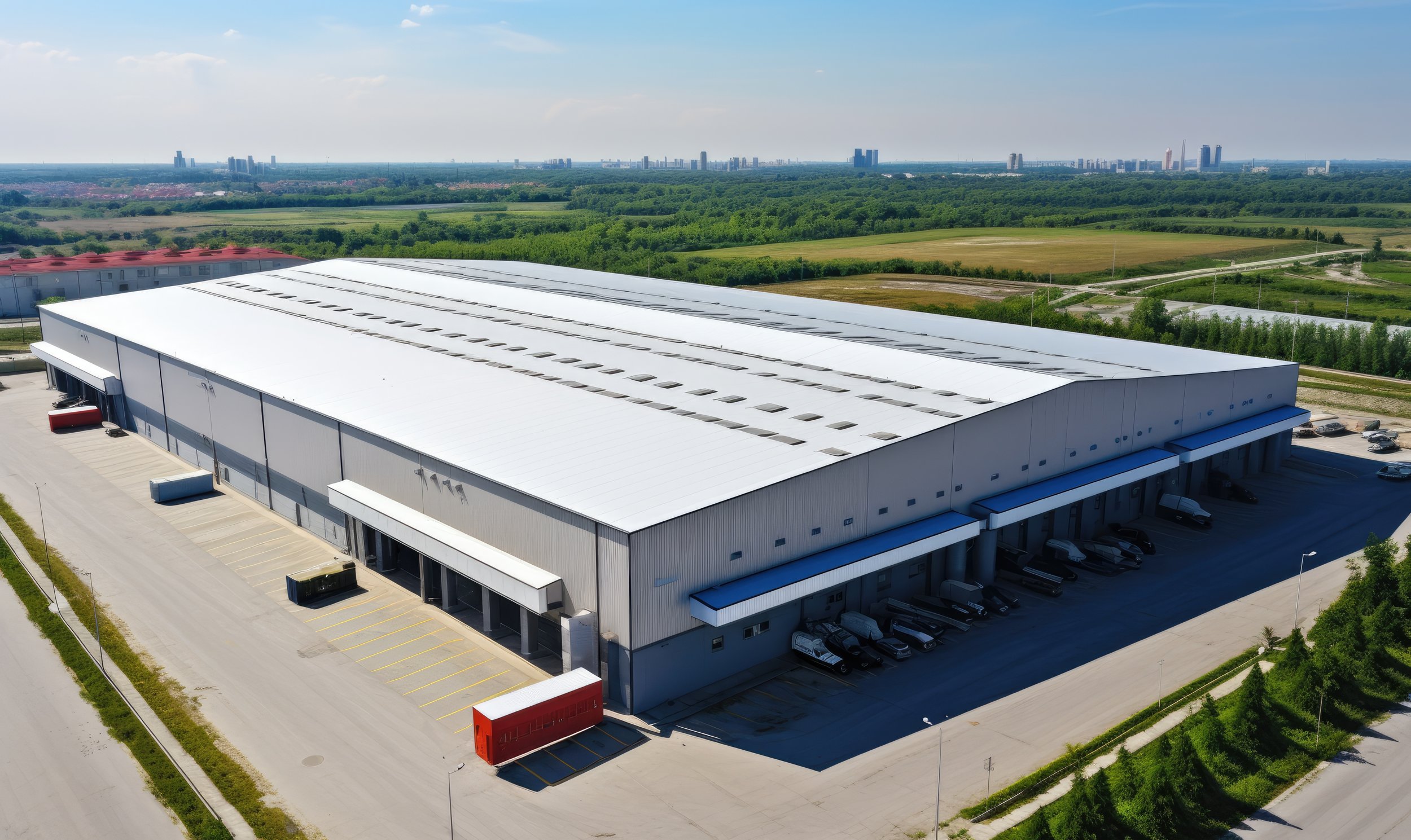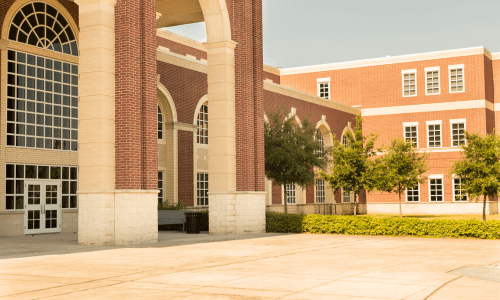
Energy Audits for
Eductation
Get in Touch
Energy Use in Education
Educational institutions – from primary and secondary schools to colleges and universities – consume substantial energy while pursuing their academic missions. A typical school campus includes classrooms, offices, libraries, laboratories, sports facilities, and often student housing, each with different energy needs. Lighting, heating, ventilation, and air conditioning (HVAC), plus equipment like computers and lab apparatus, all contribute to high energy consumption. Energy costs therefore form a significant part of school and university budgets. In fact, K-12 schools spend more on energy than on any expense except personnel, making energy the second-highest operating cost after teacher salaries. For cash-strapped education systems, every dollar wasted on inefficient energy use is a dollar less for educational resources. Beyond costs, there's increasing pressure on schools and universities to model sustainability and reduce their carbon footprint, as students, parents, and governments push for greener campuses. Many educational institutions have set goals to lower energy usage and incorporate renewable energy, both to save money and to provide educational value to students in learning about sustainability.
Energy Challenges in Educational Facilities
Many educational facilities operate in aging buildings that were constructed decades ago, before modern energy codes and efficient technologies. This results in issues like poor insulation, single-pane windows, or outdated heating systems that struggle to maintain comfort without excessive energy use. Limited budgets for capital improvements often lead to deferred maintenance – for example, an old, inefficient boiler or HVAC system might be kept running long past its prime because replacing it is expensive and funding is tight, even though its inefficiency is costly over time. Moreover, schools have usage patterns that create energy inefficiencies: classrooms and buildings may be fully utilized during the day but largely empty in evenings, weekends, or holiday periods, yet if the HVAC and lighting are not carefully managed, those spaces might still be heated, cooled, or lit unnecessarily. Underutilized spaces (like an auditorium used only occasionally, or dormitories over summer break) can become energy drains if not put into an energy-saving mode when idle.
Another challenge is managing energy during off-hours. Many campuses have buildings that remain partially powered after hours – for security lighting, cleaning crews, or sporadic use – which can lead to significant energy waste if systems aren’t zoned or scheduled properly. Behavioral factors also play a role: teachers or students might leave lights or equipment on, or propped-open doors might let conditioned air escape. And in universities, energy-intensive facilities like research labs run high-end equipment (fume hoods, refrigeration units, servers) 24/7, adding to overall campus energy load. Balancing the varied needs of different campus zones – labs needing ventilation 24/7, libraries open late, dorms with irregular occupancy, etc. – is complex for energy management.
Finally, budget constraints mean that even when energy-saving projects are identified, securing funding can be a hurdle. Schools often rely on government grants or bonds for major upgrades, which might compete with other priorities (like new buildings or technology for classrooms). Thus, making a strong case for energy efficiency investments – by highlighting long-term savings – is an ongoing necessity.
Opportunities for Energy Efficiency
Despite budget constraints, schools and universities have abundant opportunities to save energy:
Lighting Upgrades: Educational buildings often have long operating hours on weekdays and sometimes evenings (for events or study sessions). Switching from old fluorescent tubes or incandescent bulbs to LED lighting can dramatically cut electricity use for lighting (by 50% or more) and also reduce maintenance costs due to LEDs’ longer lifespan. Installing occupancy sensors in classrooms, lecture halls, and restrooms ensures lights turn off automatically when spaces aren’t in use (for instance, after classes or at night). Daylight harvesting systems can dim interior lights when ample sunlight is coming through classroom windows, maintaining appropriate illumination levels with less artificial lighting. These upgrades make campuses greener and can improve lighting quality (LEDs can offer better visibility which may enhance the learning environment).
HVAC Optimization: Heating and cooling often account for the largest portion of an educational facility’s energy use. Improving HVAC efficiency is key. Schools can upgrade old furnaces or AC units to high-efficiency models or even consider heat pump systems which provide both heating and cooling more efficiently, especially in moderate climates. Implementing programmable thermostats or building management systems allows facilities managers to schedule temperature setbacks – for example, lowering heating setpoints or raising cooling setpoints during nights, weekends, or holiday breaks when buildings are unoccupied. Zoning HVAC by area usage is also crucial: the gymnasium or auditorium might not need full conditioning when not in use, whereas classrooms might be prioritized during school hours. Maintenance shouldn’t be overlooked either: simply ensuring filters are clean and vents are unobstructed, and tuning boilers and chillers, can yield energy savings. Some schools also adopt demand-controlled ventilation, where ventilation fans adjust based on CO₂ levels (so a classroom gets plenty of fresh air when full of students, but doesn’t over-ventilate when empty).
Improved Insulation and Windows: Many older educational buildings have poor insulation or aging windows. Adding insulation to attics, walls, or replacing drafty windows with double-glazed, energy-efficient models can significantly reduce heating and cooling losses. Even measures like weather-stripping doors, sealing cracks, and installing window films or shades (to reduce heat gain in summer) can improve indoor comfort and cut HVAC costs. While these upgrades can require upfront investment, the payoff is lower energy bills and often a more comfortable environment that can positively impact student concentration and well-being.
Energy Management Systems and Monitoring: Schools and especially universities (which may have multiple buildings and even satellite campuses) benefit from implementing energy monitoring systems. By tracking energy use building by building (and even floor by floor), facility managers can identify anomalies – for example, one building using significantly more energy per square meter than a similar one, indicating potential issues like equipment running overtime or a fault in controls. Smart meters and sub-meters allow ongoing commissioning, ensuring that once optimizations are made, the performance stays on track. Some institutions engage students in this process, even setting up dashboards displaying energy consumption in dorms or academic buildings to encourage competition or awareness (e.g., “Dorm Energy Challenge” to see which residence can use less). This not only helps save energy but also becomes a learning tool.
Solar and Renewable Energy: Educational institutions often have ample roof space (think of large school buildings, university lecture halls, or parking structures) that can host solar photovoltaic (PV) panels. Installing solar panels can generate a significant portion of a school’s daytime electricity needs, reducing reliance on the grid. Many schools have gone solar, sometimes through creative financing or grants, effectively turning a portion of their energy expense into an educational showcase (students can learn from live data of their school’s solar production). In addition to solar PV for electricity, solar thermal systems can heat water for school cafeterias, gyms (showers), or dormitories, cutting down gas or electric water heating costs. Large campuses might also explore other renewables: some universities have installed wind turbines on campus if they have suitable land, or biomass boilers where sustainable fuel (like wood chips) is available – although solar remains the most common due to ease of integration.
Behavioral and Educational Initiatives: Engaging staff and students in energy-saving behavior can reinforce technical measures. Simple habits like turning off classroom projectors and lights during lunch, shutting down computers instead of leaving them on standby, or keeping doors and windows closed when HVAC is running can collectively yield noticeable savings. Many schools integrate energy topics into the curriculum or have “green teams” of students who help audit energy usage and come up with ideas. These initiatives instill a culture of conservation. Not only do they reduce energy use, they also serve the school’s educational mission by giving students hands-on experience with sustainability. For example, a science class might analyze the school’s energy data and recommend changes as a project.
By investing in these efficiency improvements, educational institutions can make campuses greener and more cost-efficient. The benefits often extend beyond finances: better lighting and HVAC can improve comfort and indoor air quality, potentially boosting student performance and teacher satisfaction. Moreover, schools that take visible action on sustainability set an example for the community and can take pride in leading the next generation by example.
How Energy Audits Can Help Educational Institutions
Energy audits in the education sector are crucial for managing operational costs and creating sustainable, energy-efficient campuses. An energy audit for a school or university will typically start with analyzing utility bills and usage patterns (for instance, identifying how much energy is used when school is out of session). Auditors will then conduct a walkthrough of the facilities – checking heating and cooling equipment, inspecting building envelopes (looking for insulation levels and drafts), examining lighting systems, and evaluating how and when different spaces are used. They will likely find areas of inefficiency such as an entire wing of a school being heated on a Saturday with no one there, or computers and smart boards left on overnight.
The audit report will present a range of recommendations, often categorized by no-cost, low-cost, and capital investments. No-cost recommendations might include things like adjusting thermostat setpoints and schedules (e.g., ensuring that the HVAC in a school turns on only an hour before school starts, not at 4 AM, and turns off or sets back shortly after dismissal), or implementing a policy for staff to power down equipment. Low-cost measures could involve installing motion sensors in certain rooms, tuning up the boiler, or adding vending machine misers (devices that power down lighting and cooling in vending machines when the area is unoccupied). Capital projects could range from insulation/window upgrades to replacing an old furnace with a modern efficient heat pump, or a major lighting retrofit across the campus.
Crucially, energy audits for educational institutions also consider funding opportunities. Many governments and utilities have special rebates, grants, or low-interest loan programs to help schools improve energy efficiency (since it's recognized as easing budget pressures and educating youth). The audit report often highlights which projects might qualify for such support – for instance, utility rebates for lighting upgrades or state grants for solar panels on schools – and provides data (like expected energy savings and payback) that school administrators can use to apply for funding or justify budgets.
Implementing audit recommendations not only reduces energy expenses but also provides opportunities for schools to educate students about sustainability in a tangible way. Students can be involved in, say, monitoring the school’s solar panel output or calculating the carbon reduction from the new LED lights. This can enhance the school’s curriculum and public image.
For universities, which often have larger budgets but also much larger and more complex energy systems (including research labs, hospitals, etc.), audits help prioritize projects in a campus master plan. For example, an audit might show that retro-commissioning an old lab building’s HVAC controls could save more energy than a costly solar installation – guiding the university to focus on the more impactful project first. Audits can also feed into achieving certifications like LEED for campus buildings or meeting commitments under programs like the Climate Active or university climate pledges.
Ultimately, by following an audit’s guidance, educational institutions can redirect savings into their core mission – education. Money saved on utility bills can be used for books, computers, or new programs. At the same time, the facilities become more comfortable (better heating/cooling control means fewer classrooms that are too hot or cold) and reliable (modern equipment is less prone to breakdown, meaning fewer class disruptions). And as schools publicly share their successes (like “we cut our electricity use by 20% in the last year”), it reinforces a culture of responsibility and innovation that benefits the whole community.
Small Schools and Childcare Centers (SMEs): We assist small private schools, daycare centers, and training institutes in finding low-cost ways to save energy. For example, in a daycare or primary school, we might recommend installing simple timer switches on playground lighting, replacing old window AC units with efficient heat pump systems, or using insulated blinds to keep classrooms warmer in winter nights. These institutions often operate on tight budgets, and our tailored advice helps them cut utility bills without sacrificing comfort or safety for children and staff.
Government Schools and Campuses: Public schools, TAFE colleges, and university campuses (run by government or receiving public funding) have a duty to use resources wisely and are often expected to lead in sustainability. We work with education departments and local councils to audit public educational facilities, helping them meet government energy-reduction targets. For instance, a cluster of public schools might undergo lighting upgrades funded by a state energy-efficiency program – we provide the technical assessments and verification of savings for such programs. From installing solar panels on school roofs to optimizing heating in council-run community halls on school grounds, our solutions help save taxpayer money and integrate with broader public-sector initiatives (like Net Zero commitments).
Large Private Universities and Colleges: Big universities and college networks often resemble small cities in energy profile – they have academic buildings, dormitories, labs, sports complexes, and more. We provide comprehensive audit services across such campuses, often focusing on high-impact areas like laboratory ventilation (which can be a massive energy user in research universities) or central plant operations (chillers, boilers that serve multiple buildings). Our team might, for example, recommend a thermal energy storage system for a university to shift cooling loads and reduce costs, or suggest optimizing the operation of a campus cogeneration plant. Corporate-style education providers or private university operators also benefit from our expertise in developing long-term energy strategies, which can include phased upgrades tied to campus expansion plans. We help these institutions not only save on operating costs but also achieve recognition through programs like NABERS (some campuses use NABERS ratings for their buildings) or international sustainability rankings, enhancing their appeal to environmentally conscious students and faculty.
Industries Served
